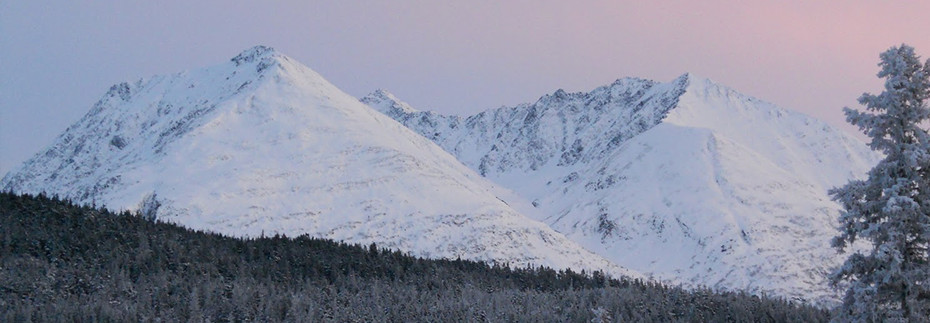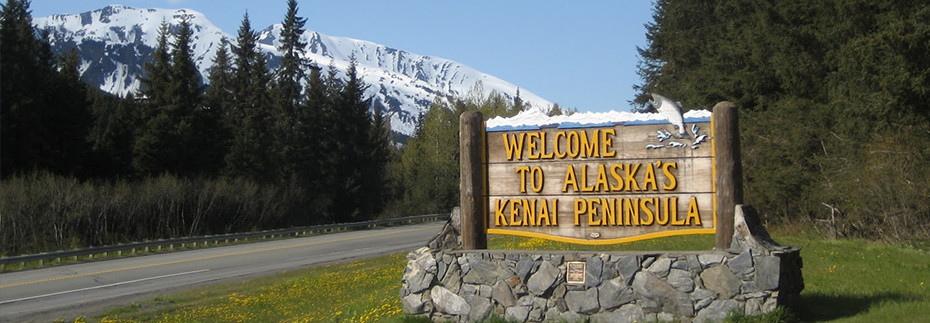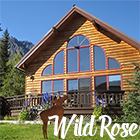Friday, October 26, 2012
Alpenglow Awesome Hiking
4:24 PM
Solars Mt reflected in Upper Trail Lake. Seen from Johnson Pass trail which skirts the lake for several miles. Trail is hard with little snow. The leafless trees provide expansive vistas not seen in summer.
Sunday, October 21, 2012
Wednesday, October 17, 2012
Night Sky Amazing Shows!
11:12 AM
The aurora has been out on clear nights and has been amazing lately. Multi-colored displays( like the one below from the internet) have been seen all over Southcentral Alaska. Our caretakers report watching an incredible display all night out in their hot tub on a recent Friday night.
The North Taurids meteor showers are from Oct 12th- Dec. 2nd with peaks on the first two weekends of November.
The Leonids Nov. 16-17 Radiating from the constellation Leo the Lion, the Leonid meteor shower is famous. Historically, this shower has produced some of the greatest meteor storms in history – at least one in living memory, 1966 – with rates as high as many thousands of meteors per hour. Indeed, on that beautiful night in 1966, the meteors did fall like rain. Some who watched the shower said they felt as if they needed to grip the ground, so strong was the impression of Earth plowing along through space, fording the meteoroid stream. The meteors, after all, were all streaming from a single point in the sky – the radiant point – in this case in the constellation Leo the Lion. Leonid meteor storms sometimes recur in cycles of 33 to 34 years, and in most years produce a maximum of perhaps 10-15 meteors per hour. Like most meteor showers, the Leonids ordinarily pick up steam after midnight and display the greatest meteor numbers just before dawn. In 2012, however, the waxing crescent moon will be setting at early evening, leaving a dark night for Leonid meteor shower this year.
The North Taurids meteor showers are from Oct 12th- Dec. 2nd with peaks on the first two weekends of November.
The Leonids Nov. 16-17 Radiating from the constellation Leo the Lion, the Leonid meteor shower is famous. Historically, this shower has produced some of the greatest meteor storms in history – at least one in living memory, 1966 – with rates as high as many thousands of meteors per hour. Indeed, on that beautiful night in 1966, the meteors did fall like rain. Some who watched the shower said they felt as if they needed to grip the ground, so strong was the impression of Earth plowing along through space, fording the meteoroid stream. The meteors, after all, were all streaming from a single point in the sky – the radiant point – in this case in the constellation Leo the Lion. Leonid meteor storms sometimes recur in cycles of 33 to 34 years, and in most years produce a maximum of perhaps 10-15 meteors per hour. Like most meteor showers, the Leonids ordinarily pick up steam after midnight and display the greatest meteor numbers just before dawn. In 2012, however, the waxing crescent moon will be setting at early evening, leaving a dark night for Leonid meteor shower this year.
































